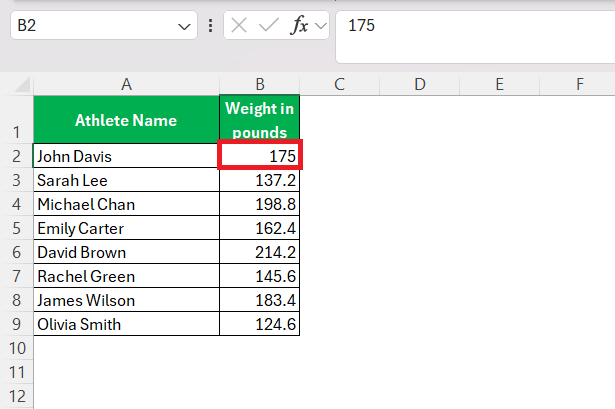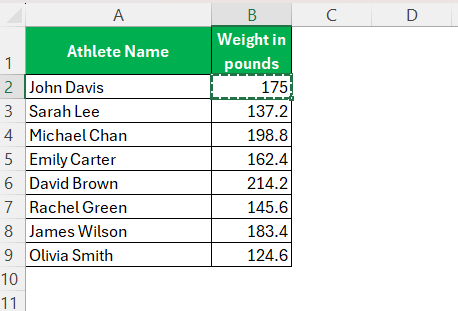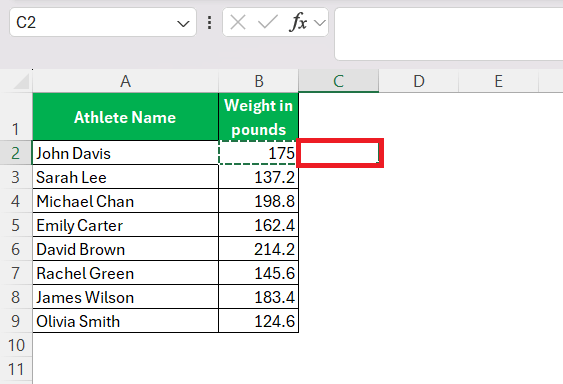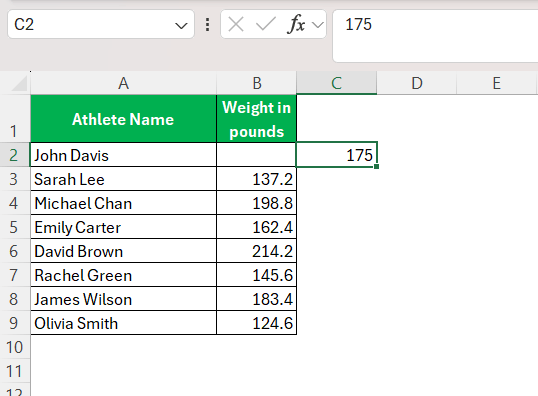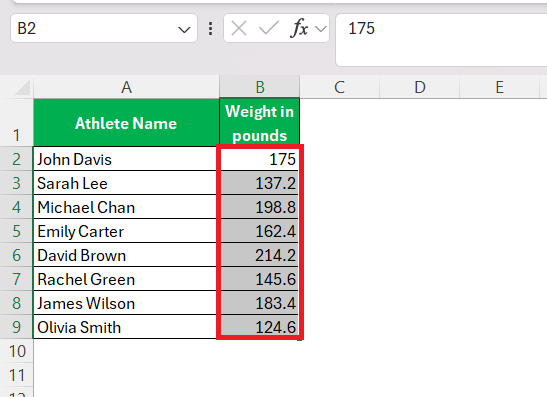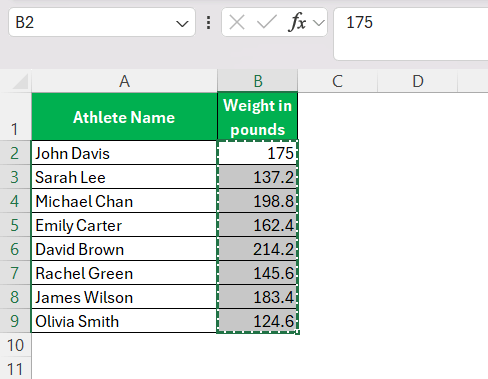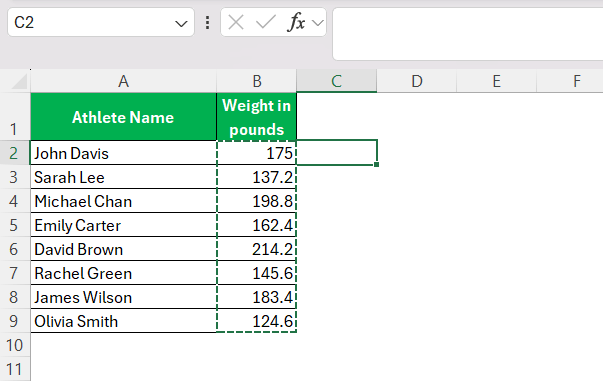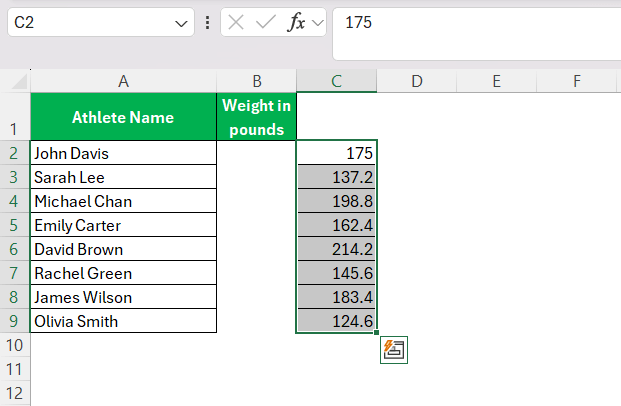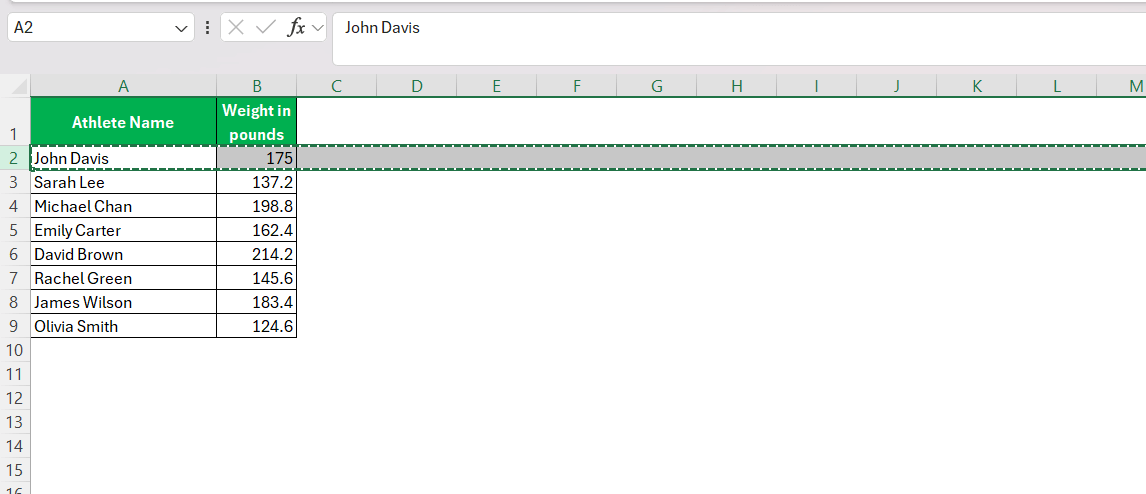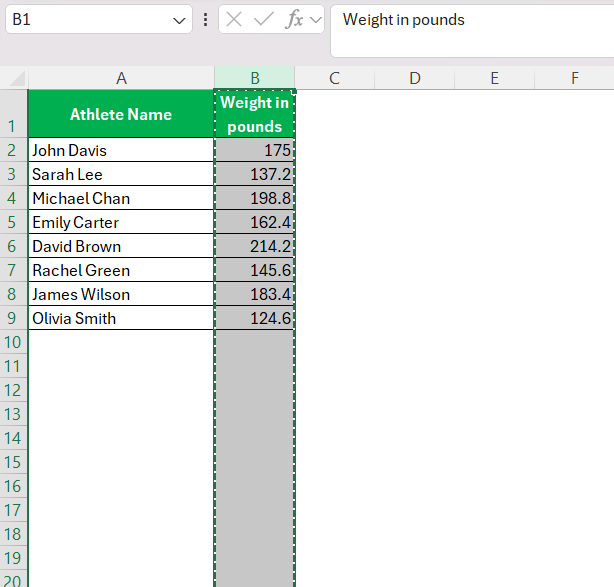When working in Excel, efficiency is key. I often find myself needing to move data around, and instead of using the traditional cut-and-paste method with the mouse, I rely on keyboard shortcuts to speed up my workflow. One of the most essential shortcuts I use is the Excel Cut Shortcut. It helps me transfer data quickly without unnecessary clicks.
In this article, I’ll walk you through how to use the Cut shortcut effectively and how it can improve your productivity in Excel.
Key Takeaways:
- Keyboard shortcuts boost efficiency – Using shortcuts like Ctrl + X reduces reliance on the mouse and speeds up workflow.
- The Cut function moves data easily – It removes selected content and stores it temporarily for pasting elsewhere.
- Cutting entire rows or columns is simple – Use Ctrl + X to move rows or columns without manual adjustments.
- Undo mistakes quickly – If an error occurs, pressing Ctrl + Z reverses the last action instantly.
- Shortcuts enhance precision and reduce strain – Keeping hands on the keyboard minimizes errors and physical fatigue.
Table of Contents
Introduction to Excel Efficiency
Why Keyboard Shortcuts are crucial for Productivity
In the fast-paced world of data handling and analysis, keyboard shortcuts in Excel are indispensable. They elevate productivity by streamlining task execution, significantly cutting down on the time spent clicking through menus. Shortcuts not only save precious seconds with each command; they also minimize physical strain.
By keeping my hands on the keyboard, I can reduce the risk of repetitive strain injuries such as carpal tunnel syndrome. Moreover, precision is enhanced when I bypass the mouse and directly enact commands, providing a level of accuracy and quickness that’s especially critical in a professional environment.
Understanding the ‘Cut’ Function in Excel
The ‘Cut’ function in Excel is integral to data management, allowing me to quickly move entries from one location to another. When I cut a cell or range of cells, the data is removed and stored temporarily on the clipboard, ready to be pasted elsewhere without leaving behind a duplicate.
This ensures the integrity of my data by preventing unintentional overpopulation of values. Understanding how to efficiently use the ‘Cut’ function correlates directly with my ability to manipulate and organize data in Excel, ensuring a tidy and precise spreadsheet.
The Anatomy of the Ultimate Cut Shortcut in Excel
Understanding the Excel Cut Shortcut
The Cut function in Excel allows me to remove data from one location and move it to another. Instead of copying and deleting manually, the Cut shortcut streamlines the process.
The Cut Shortcut:
- Windows: Ctrl + X
- Mac: Command + X
Once I use the shortcut, the selected content is highlighted with a moving dashed border, indicating that it’s ready to be pasted elsewhere
Step-by-Step Guide to Cutting Data Like a Pro
I use the Cut shortcut in multiple scenarios, from rearranging data to restructuring my spreadsheets efficiently. Here’s how I do it:
Cutting and Pasting a Single Cell
If I want to move a value from one cell to another, I follow these steps:
STEP 1: Select the cell containing the data I want to move.
STEP 2: Press Ctrl + X (Windows) or Command + X (Mac).
STEP 3: Click on the destination cell.
STEP 4: Press Ctrl + V (Windows) or Command + V (Mac) to paste the data.
Cutting and Pasting a Range of Cells
For moving multiple cells at once:
STEP 1: I select the range of cells I want to move.
STEP 2: Press Ctrl + X (Windows) or Command + X (Mac).
STEP 3: Click on the first cell of the destination range.
STEP 4: Press Ctrl + V (Windows) or Command + V (Mac) to paste.
Cutting and Pasting Entire Rows or Columns
I often need to move entire rows or columns around to reorganize my data. Here’s how:
To cut a row, I click on the row number, press Ctrl + X, select the new row location, and press Ctrl + V.
To cut a column, I click on the column letter, press Ctrl + X, select the new column location, and press Ctrl + V.
Tips and Tricks for Faster Data Handling
- Avoid Overwriting Data: When pasting, I always check that the destination cells are empty to prevent accidental overwrites.
- Use Undo if Needed: If I make a mistake, I simply press Ctrl + Z to undo the last action.
- Cut vs. Copy: If I only need to duplicate data without removing the original, I use Ctrl + C instead of Ctrl + X.
- Use Paste Special: Sometimes I only need to paste values, formatting, or formulas separately. In this case, I right-click and choose Paste Special or use the shortcut Ctrl + Alt + V.
Keyboard Shortcuts vs Mouse: A Time-Saving Comparison
Impact of Keyboard Mastery on Workflow
My workflow transforms dramatically with an adept command of keyboard shortcuts in Excel. The impact is seen in accelerated task completion, where I can manipulate data with a finesse that seems almost magical to the uninitiated. By leveraging shortcuts, I reduce the cognitive load associated with sifting through menu options, allowing me to maintain focus on high-level analysis and strategy.
The precision and speed offered by keyboard mastery translate into real-time savings and heightened productivity, making me an asset in any data-centric role.
When to Use Mouse for Specific Tasks Despite Shortcuts
While keyboard shortcuts are my go-to for efficiency, there are occasions where using a mouse proves advantageous. For instance, when it comes to tasks that require fine-grained control, such as selecting specific parts of a chart or managing minuscule shapes and objects within a spreadsheet, the precision of a mouse is irreplaceable.
Additionally, for users who are visually navigating complex menus or interfaces for the first time, a mouse can be more intuitive. Being pragmatic in selecting the right tool for the task—be it keyboard or mouse—ensures that I work not just quickly, but also accurately.
FAQ: Mastering Excel Cut Shortcut
What is the basic keyboard shortcut for cutting a cell value in Excel?
The basic keyboard shortcut for cutting a cell value in Excel is Ctrl + X. This allows me to quickly cut the selected cell or range and be ready to paste it elsewhere.
How can I cut partial cell values using shortcuts?
To cut partial cell values in Excel, I first press F2 to edit the cell, then use Shift + Arrow Keys to highlight the part I want to cut, and press Ctrl + X to cut the selection.
Can I create my own custom cut shortcuts in Excel?
Yes, I can create custom cut shortcuts in Excel by going to File > Options > Customize Ribbon > Keyboard Shortcuts. From there, I can define new key combinations for cutting data according to my preferences.
What should I do if keyboard shortcuts conflict with my system settings?
If keyboard shortcuts conflict with my system settings, I can go to System Preferences or System Settings on my computer, find Keyboard settings, and either change the Excel shortcuts or modify the global system hotkeys to eliminate the conflict, ensuring seamless use of Excel.
Why are Excel shortcuts important?
Excel shortcuts are important because they significantly enhance efficiency and productivity, allowing for quick navigation and manipulation of data, leading to reduced project completion times. Shortcuts streamline repetitive tasks, reduce the risk of errors, and help maintain focus on the analysis instead of navigating menus.
John Michaloudis is a former accountant and finance analyst at General Electric, a Microsoft MVP since 2020, an Amazon #1 bestselling author of 4 Microsoft Excel books and teacher of Microsoft Excel & Office over at his flagship MyExcelOnline Academy Online Course.

